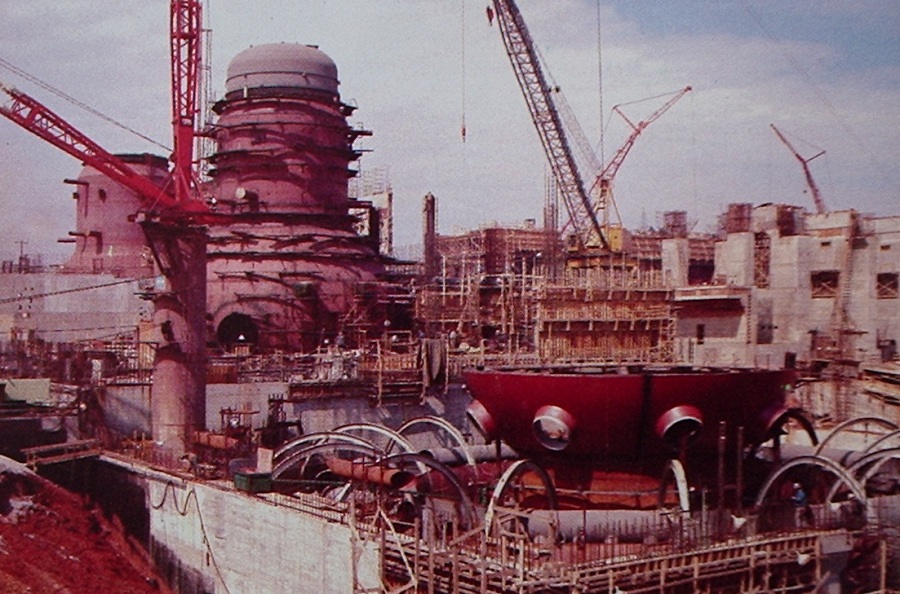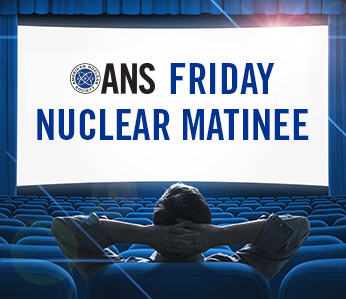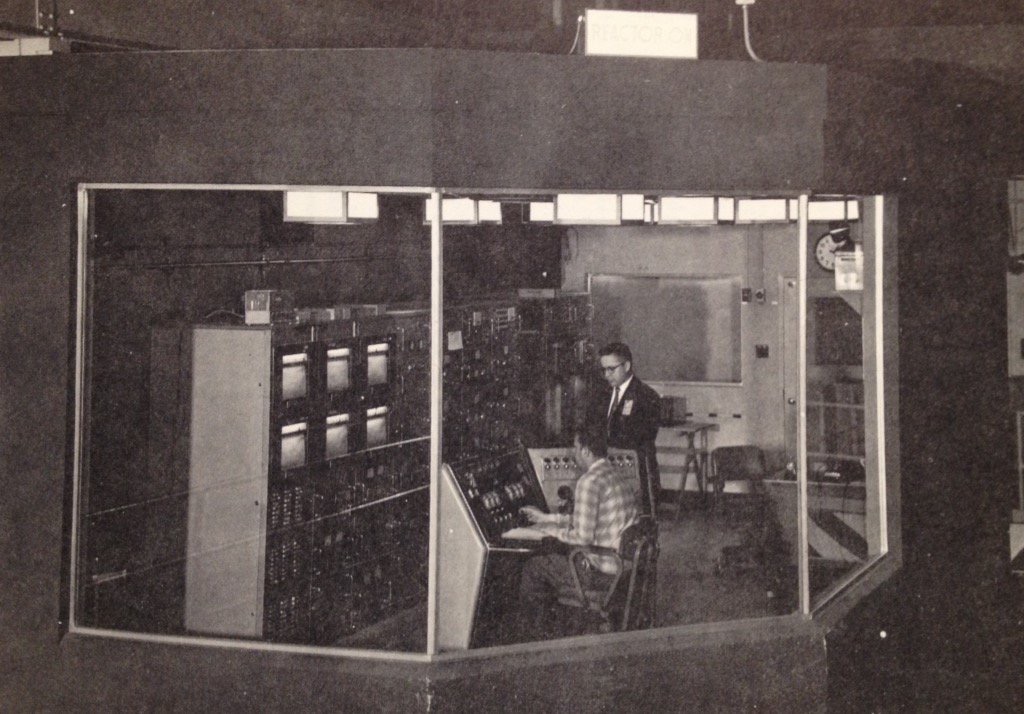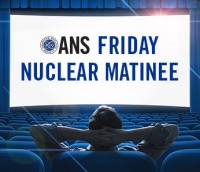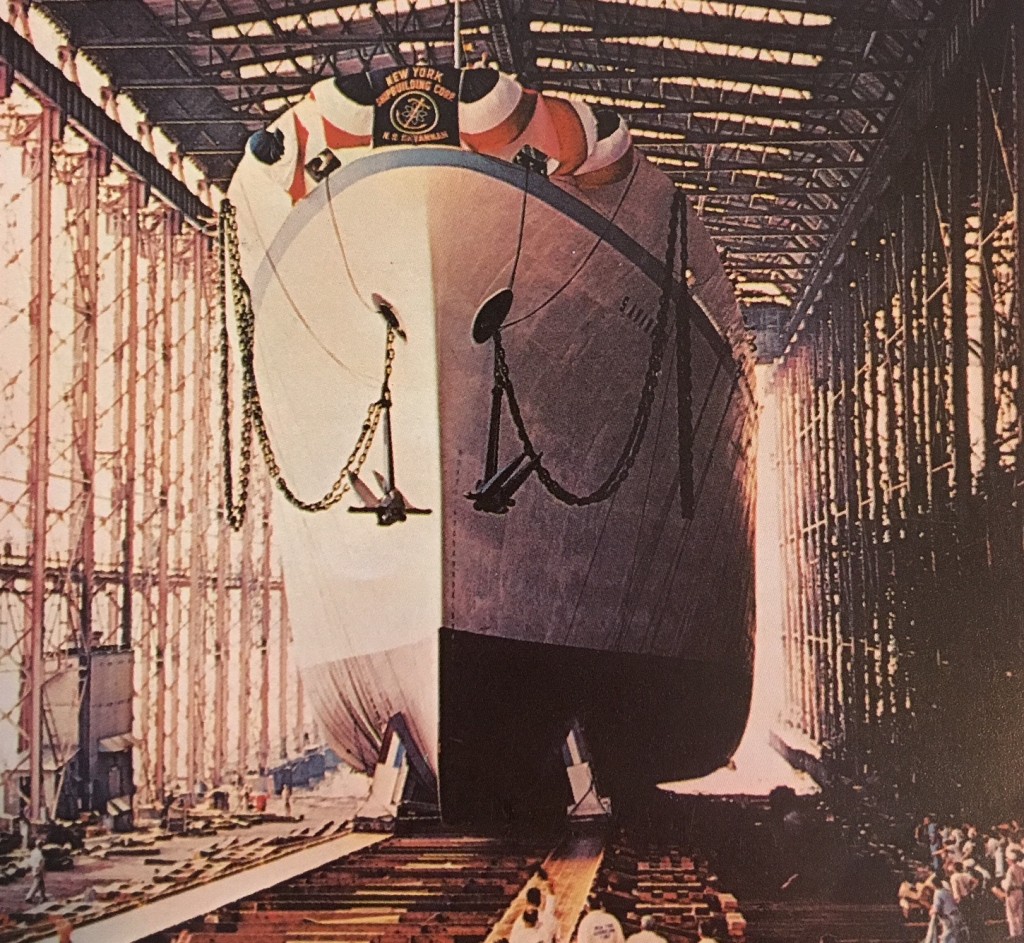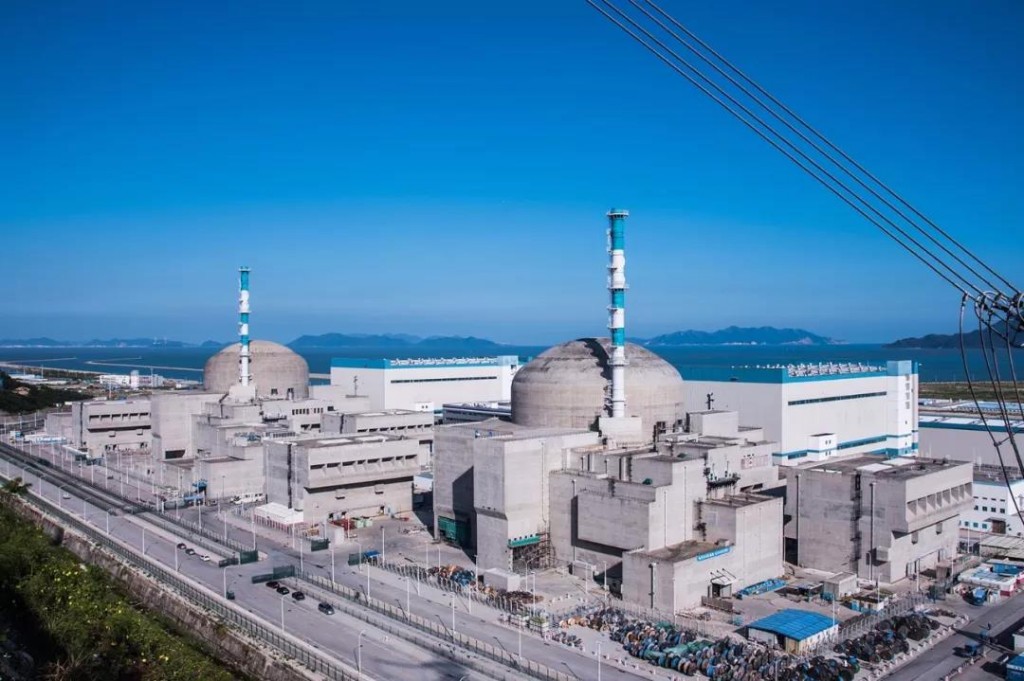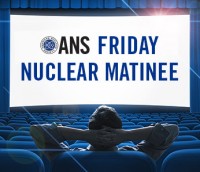
Please click to watch the video. "Energy to Feed the World: Nuclear Power vs Meat"
We all know about Calories. Often, for people on a diet, Calories are the enemy. They're a measure of how much energy is in food (and are a harsh reminder that you shouldn't have eaten that extra Oreo!). Food contains energy, and often quite a lot of it, but that amount pales in comparison to how much energy it takes to create the food. Grains like wheat and corn require months of sunlight (energy), and large amounts of water and fertilizers to grow. Cows eat those grains, and we (happily) eat the cows. That's energy powering tractors to till the soil, energy powering factories to produce the fertilizer, energy to treat the water, energy to grow the grains, and energy to feed the cow. That's not to mention that crops grown in soil require pesticides to protect them from bugs and other organisms.


